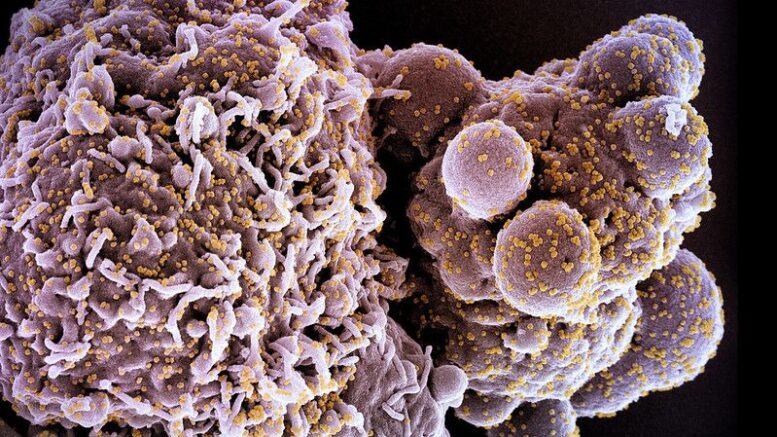Long-COVID, or Post-Acute Sequelae of SARS-CoV-2 infection (PASC), includes a wide range of symptoms that present or persist more than 30 days after COVID-19 infection. With over 650 million people globally having been infected with SARS-CoV-2, long COVID represents a significant public health concern that affects quality of life, earnings, and health care costs. To better understand the prevalence and severity of symptoms, the National Institutes of Health (NIH) launched Researching COVID to Enhance Recovery (RECOVER-Adult), with Mass General Brigham researchers leading the statistical analysis for the study. Results from RECOVER, one of the largest NIH studies ever funded, elucidate 12 defining symptoms of long COVID. The findings, published in JAMA, include a new scoring system for long COVID to help clinicians and researchers better define it and investigate treatments for patients.
“Now that we’re able to identify people with long COVID, we can begin doing more in-depth studies to understand the biological mechanisms at play,” said corresponding author Andrea Foulkes, ScD, principal investigator of the RECOVER Data Resource Core (DRC), professor at Harvard Medical School, and director of biostatistics at Massachusetts General Hospital (MGH), a founding member of Mass General Brigham. “One of the big takeaways from this study is the heterogeneity of long COVID: long COVID is not just one syndrome; it’s a syndrome of syndromes. Understanding this idea is a really important step for doing more research and ultimately administering informed interventions."
While researchers have documented a wide range of symptoms across organ systems that affect individuals after a COVID-19 illness, many studies are limited by a retrospective design, reliance on electronic health record entries, and lack of an uninfected comparison group. Therefore, there remains significant disagreement over how common and/or severe certain long COVID symptoms may be, and what patterns of symptoms define long COVID.
RECOVER-Adult, a prospective study that began enrolling participants in October 2021, has sought to harmonize data acquisition and build a data-backed definition for long COVID. Researchers from Mass General Brigham, the RECOVER DRC, analyzed the results of a symptoms survey distributed at 85 hospitals, health centers, and community organizations in 33 states, Washington, D.C., and Puerto Rico. More than 9,500 individuals completed the survey, including uninfected adults as well as individuals who were six months past infection with COVID-19. The survey, developed in collaboration with clinicians and patient advocates, included 37 different symptoms and corresponding measures of severity.
Ultimately, 12 symptoms emerged as hallmarks of long COVID, including post-exertional malaise (debilitating fatigue that is exacerbated by physical or mental activity), loss of or change in smell or taste, dizziness, brain fog, gastrointestinal symptoms, palpitations and chronic cough. While the researchers found that some of the symptoms, like post-exertional malaise, are experienced by most people with long COVID, others, like loss of or change in smell and taste, are less common but still important for identifying individuals with long COVID. A simple algorithm developed by the researchers assesses these 12 symptoms to generate an overall “PASC score,” but the authors emphasize that an individual with symptoms excluded in the scoring system may still suffer from long COVID and nonetheless deserves high-quality care.
Finally, results suggest that re-infections, infection with a pre-Omicron SARS-CoV-2 variant, and absence of vaccination is associated with a higher frequency and severity of long COVID, but the authors emphasize that ongoing research is necessary. Future studies from the RECOVER Consortium will analyze risk factors for long COVID, including social determinants of health. The researchers are also examining how long COVID may manifest in children, adolescents, and in people who were pregnant during SARS-CoV-2 infection.
“This is a truly data-driven approach to defining long COVID as a new syndrome,” said first author Tanayott Thaweethai, PhD, co-investigator for the RECOVER DRC, Instructor at Harvard Medical School, and an associate director at MGH Biostatistics. “We now have a definition for long COVID where there hasn’t been one previously, and we hope the ability to identify long COVID will enhance clinical awareness of this condition.”
Reference: Thaweethai, T et al. “Characterizing Post-Acute Sequelae of SARS-CoV-2 (PASC): Early Findings of the RECOVER Adult Cohort Study” JAMA DOI: 10.1001/jama.2023.8823
Source: Mass General Brigham
